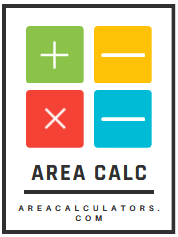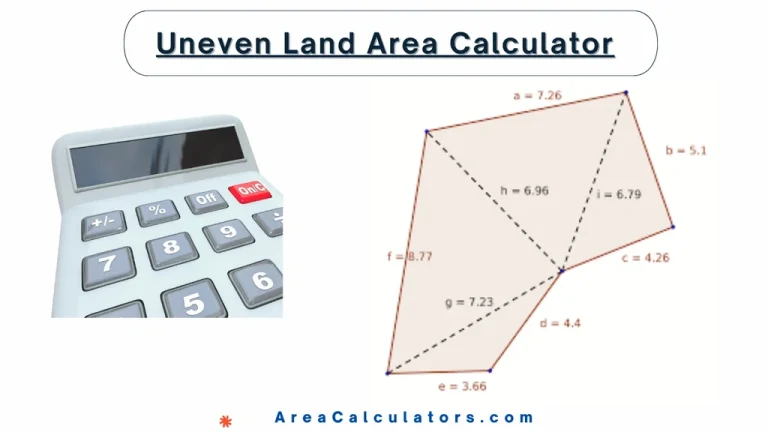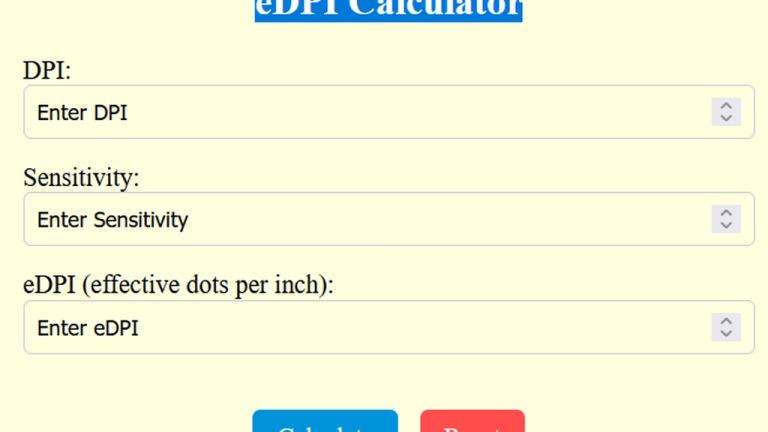Angle of View Calculator
To calculate the angle of view (AOV), use the focal length of the lens and the sensor or film’s diagonal size.
The Angle of View Calculator is a valuable tool for photographers, videographers, and surveillance professionals. It helps determine the field of view covered by a specific lens at a given focal length. This calculation is essential for choosing the right lens, whether capturing landscapes, framing subjects in CCTV cameras, or observing celestial objects with telescopes.
Formula
AOV = 2 × arctan(d / 2f)
| Variable | Description |
|---|---|
| AOV | Angle of View (horizontal, vertical, or diagonal) |
| d | Diagonal size of the sensor or frame (mm) |
| f | Lens focal length (mm) |
Solved Calculations
Example 1: Angle of View for a 35mm Full-Frame Sensor with a 50mm Lens
| Step | Value |
|---|---|
| Sensor Diagonal (d) | 43.3 mm |
| Focal Length (f) | 50 mm |
| Angle of View (AOV) | 2 × arctan(43.3 / (2 × 50)) ≈ 46.8° |
Example 2: Angle of View for a 24mm APS-C Sensor with an 85mm Lens
| Step | Value |
|---|---|
| Sensor Diagonal (d) | 28.4 mm |
| Focal Length (f) | 85 mm |
| Angle of View (AOV) | 2 × arctan(28.4 / (2 × 85)) ≈ 19.2° |
What is Angle of View ?
The Angle of View Calculator is a valuable tool for determining the viewing angle of a camera lens based on its focal length, sensor size, or field of view.
This is essential for photographers, videographers, and security professionals looking to assess how much of a scene can be captured with a specific lens or setup.
By inputting parameters like focal length and sensor size, this calculator provides precise measurements of the horizontal, vertical, and diagonal angles of view.
For example, a 50mm lens on a full-frame camera will have a narrower field of view compared to a wider 24mm lens, making it ideal for portraits or close-ups. Similarly, CCTV users can utilize this tool to plan security camera placement for maximum coverage.
Final Words:
Ultimately, the Angle of View Calculator empowers users to make informed decisions for capturing or viewing their desired scene. It simplifies complex optical calculations and is indispensable for both professionals and hobbyists.





